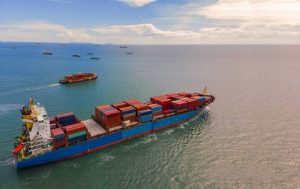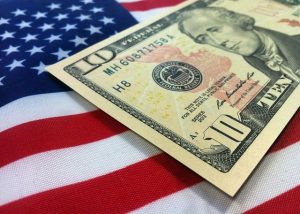
Regarding inflation, it should be a problem that governments all over the world are worried about. In order to curb the spiral of inflation, the Central Bank of India even raised interest rates ten times in a year and a half. But even so, the Central Bank of India failed Reduce the inflation rate in a short period of time.
Why are governments afraid of inflation? Because the terrible nature of out-of-control inflation is not only the rising price level, but also the country’s bankruptcy. Therefore, for many years, both developed and developing countries have tried every means to suppress inflation in an all-round way. Don’t hesitate.
But despite this, countries around the world have inevitably experienced some history of inflation.

For example, there have been many times of inflation in China’s history. Here I will talk about the most typical two times.
The first inflation was in 1988. The result of this inflation was that 60% of private enterprises went bankrupt to pay the bill.
It is said that in the past few years, our money supply has increased by 174%. At the same time, wage reform was proposed at that time, and the ultimate result of raising wages was a sharp rise in prices.
It is said that the price of rice at that time rose from 0.15 yuan to 0.8 yuan almost overnight. After the price increase, the buying wind hit instantly. Almost all large and small shops were lined up with people waiting to buy rice to buy food, that is, this In 2009, we Chinese understood the word “bankruptcy” for the first time.
Later, the inflation wind was so violent that we couldn’t help it, so we dismantled thousands of construction projects across the country together, and inflation slowly dropped.
The second inflation: from 1995 to 1996, the result of this inflation was the bankruptcy of the property market and stockholders paying the bill.
In 1992, in order to stimulate the economy again, we opened the door to the supply of money, which led to the devaluation of the currency. Through devaluation, our exports have indeed slowly recovered growth, but the devaluation of our currency has also brought up inflation. By 1993, our inflation rate was even 13.2%, but by 1994, our mainland inflation rate It even rose to 24.1%.
The soaring inflation has made private capital flood into the stock market and property market with unprecedented force. In order to achieve a rational level of inflation, in this case, we used a “soft landing”-the method of raising deposit interest rates.
It is said that our deposit interest rate even rose to about 12% that year. Not only did the interest rate continue to increase, but the value-preserved savings for more than five years can also get a value-preserved interest of about 12%.
What does it mean? Simply put, the interest rate for long-term deposits can even be as high as 25%
The continuous rise of interest rates has led to a harsh investment environment in the real economy. For this reason, private capital can only choose to abandon the entity and turn to the virtual economy. After the addition of a large amount of capital, the virtual economy bubble has replaced the collapse of the real economy.
However, the false prosperity quickly cooled down in the two stock market dives between 1995 and 1996. Since then, our stock market has entered a bear market that lasted for several years, and the real estate bubble in Hainan and other places The disillusionment also made many private enterprises pay for it.
From the perspective of these two typical inflations that have occurred in history, the end result is that stockholders, small business owners, and the most basic people below are paying the bills.
Looking back at history, when inflation occurs, those groups that already have higher wealth will not only not suffer the impact of inflationary pressure at all, but will be able to double their wealth in this once-in-a-lifetime opportunity.
Therefore, it is important to work hard and accumulate wealth, but the accumulation of knowledge and accurate judgment of the current economic situation are even more important.


